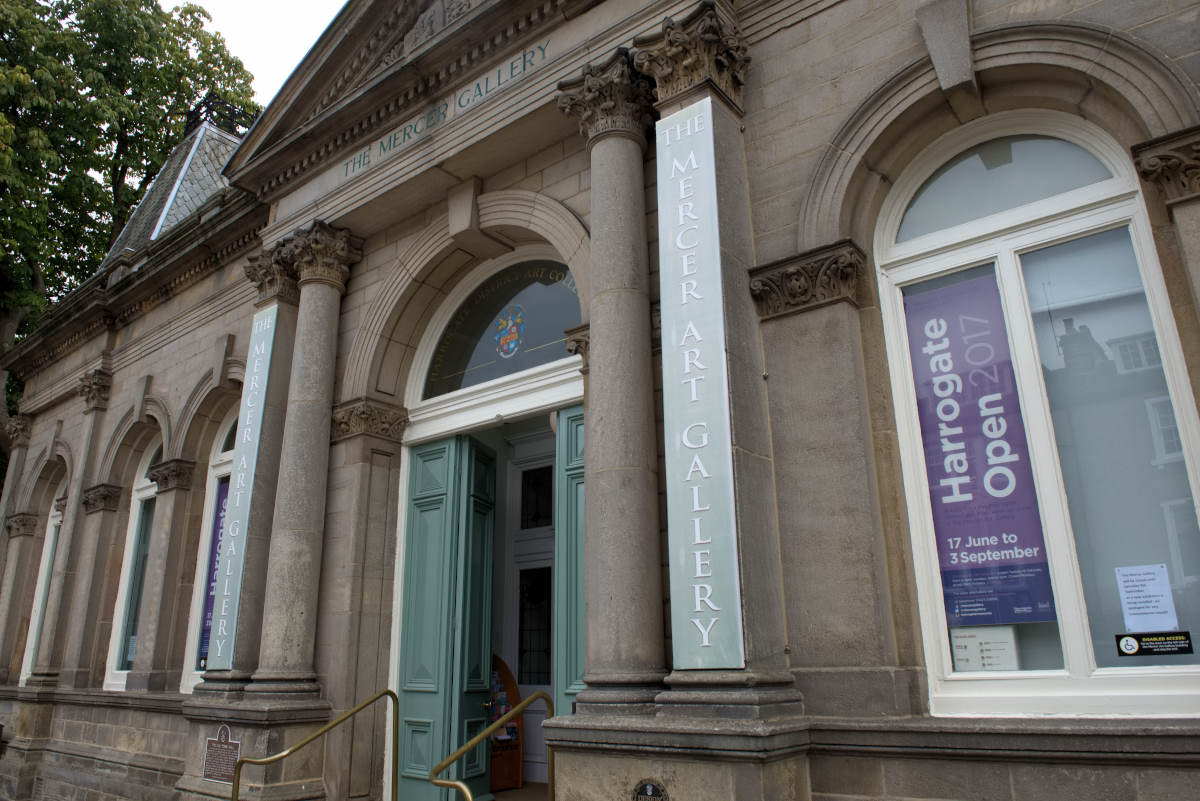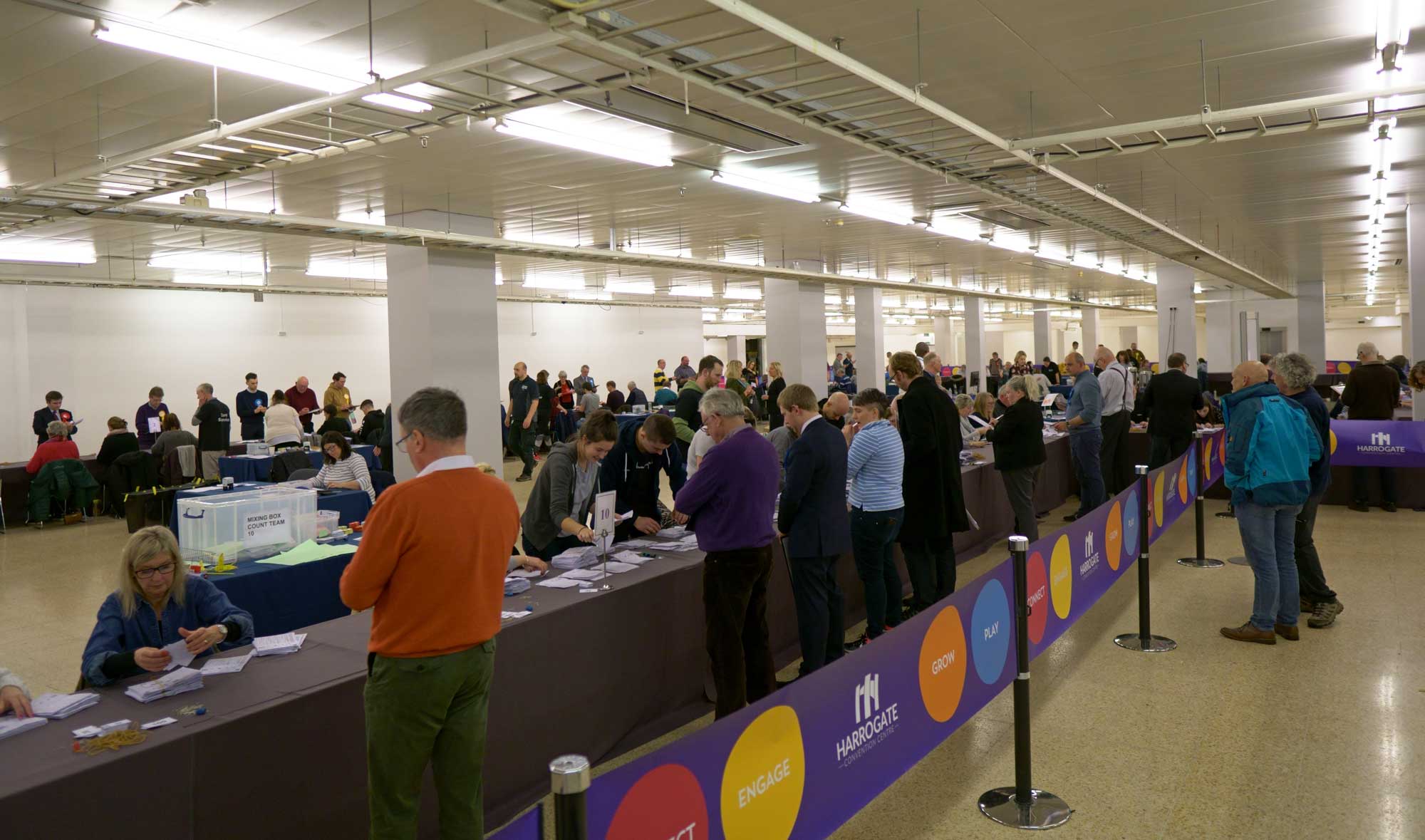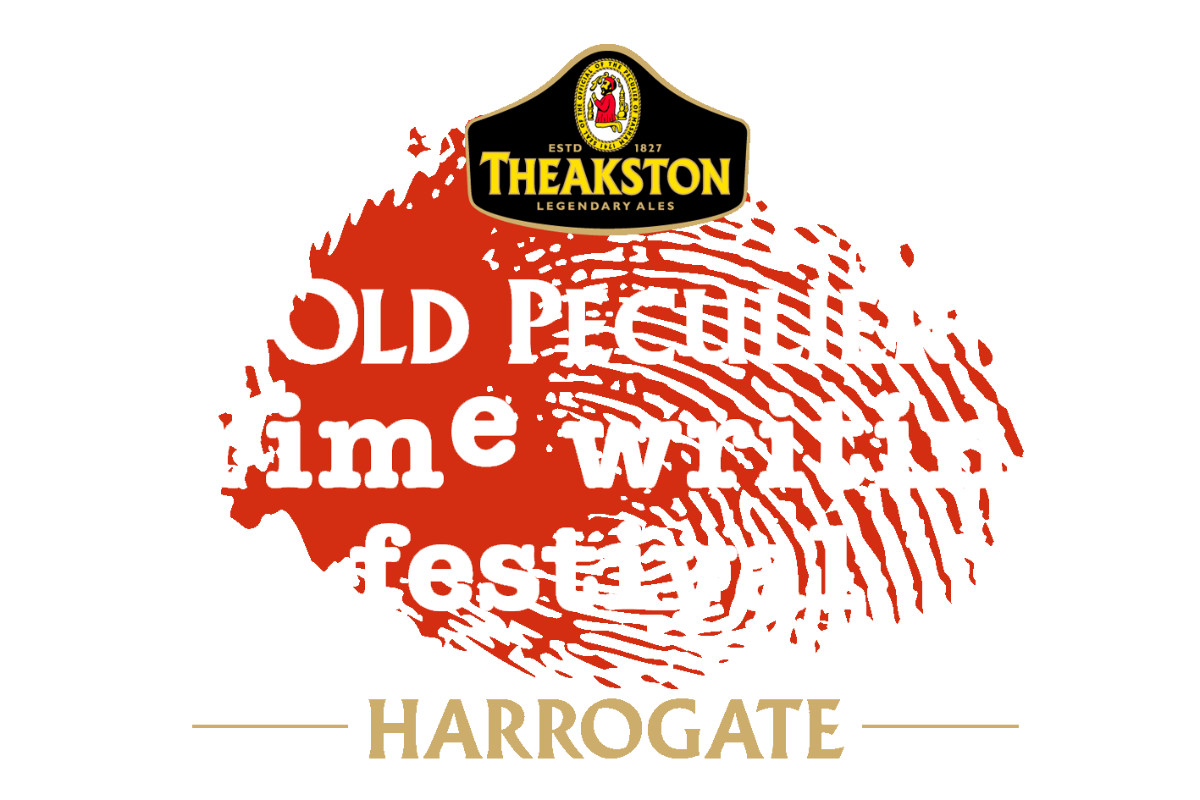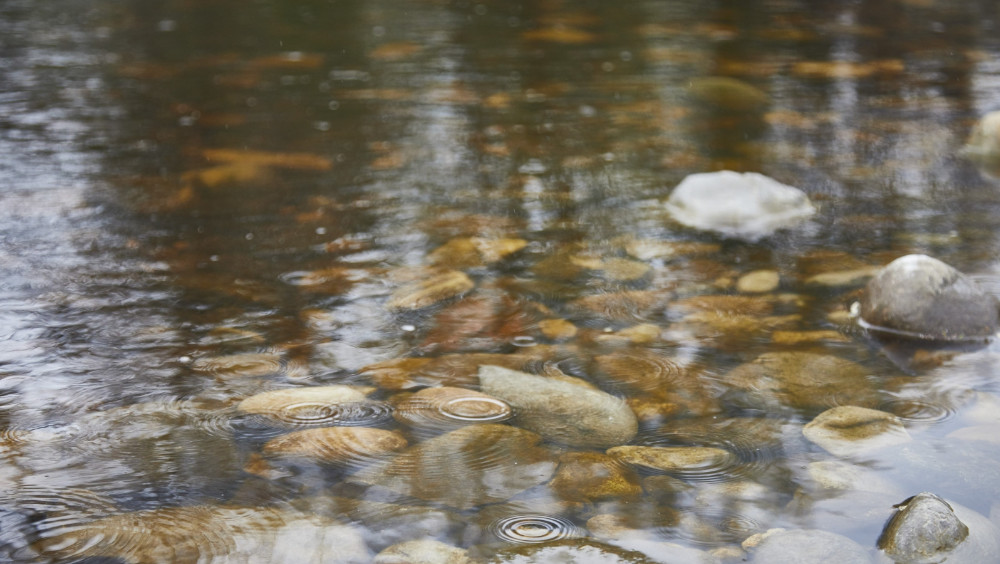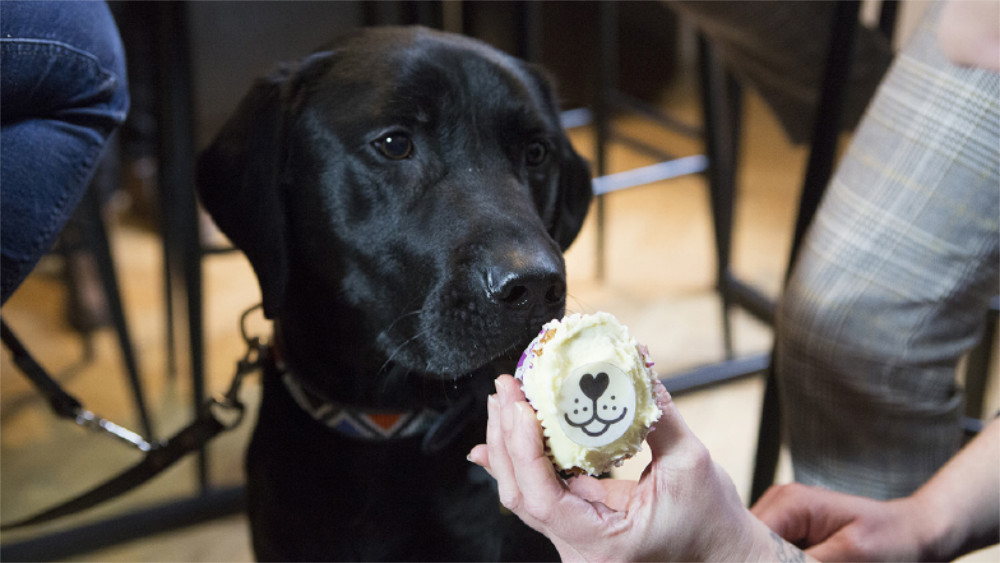A new strategy to place culture and heritage at the heart of improving people’s lives in North Yorkshire’s communities is due to be considered by councillors.
North Yorkshire Council’s Cultural Strategy has been developed following widespread engagement with local people, visitors and interested groups and organisations and in collaboration with arts and cultural organisations through the Cultural Consortium Steering group.
It recognises the importance of culture to the health and wellbeing of communities and the county’s economy, with an ambition to create equal access for all to culture, arts and heritage.
North Yorkshire has a wide ranging and diverse cultural offer – from world class museums, cutting-edge exhibitions, libraries and innovative theatre to festivals, events and opportunities to engage in everyday creativity from rural to urban communities.
Members of the council’s executive will be asked on Tuesday next week (5 November 2024) to approve the plan and recommend its formal adoption at a full council meeting on November 13. It includes plans for more collaborative work with City of York Council and the York and North Yorkshire Combined Authority.
North Yorkshire Council’s executive member for culture and leisure, Cllr Simon Myers said the council has a global ambition but with a local focus:
This new plan is an important part of opening up the county’s rich cultural heritage both for residents and visitors and we will be working with the many excellent organisations across the county as well as nationally to do that.
We already have a diverse arts and cultural sector, and we want to develop that more to ensure that everyone, whatever their age, location or circumstances, has equal access to it. We want to empower all our residents, unlocking their potential and helping them to live healthy and fulfilling lives, provide good career opportunities and bring social cohesion to our communities.
We can experience culture through music, dance, comedy, art, film, theatre, heritage, books, gardening, and many more things. We experience it in our fantastic museums, galleries and art centres, but it also lives at festivals, agricultural shows, in community centres, in parks and open spaces, by the seaside and in our homes.
We are ambitious and want to see creativity thriving in every part of our county with North Yorkshire recognised as a leader in rural culture and creative health.
He said that over three months this summer a wide range of consultation took place to help draw up the document including face to face sessions, online workshops and a survey. Community representatives, cultural leaders, artists and local organisations were also asked for their input.
Cultural organisations and the creative industries significantly contribute to the region’s local economy, both directly through business activities, and indirectly through a wider impact on the domestic and visitor economy. The sector is growing at a rate over three times that of the national average, employing 1.8 million people across the UK, and contributing £125 billion to the economy.
Creative and cultural engagement is also essential for the health of individuals and has powerful potential in both preventative healthcare and treatment of health conditions. And it cements the well-being of communities – providing joy, growth, inspiration and a sense of belonging.
In the past year, North Yorkshire Council has been awarded an Arts Council England grant of £1.2 million as part of a national programme to provide high-quality music education for all children and young people. Craven Museum at Skipton Town Hall was awarded £15,000 as one of five finalists for the National Art Fund Museum of the Year 2024, the largest museum prize in the world.
The coast has also been the focus of several cultural festivals, including a revitalised Scarborough Fair which has seen events such as Scarborough Lights, Scarborough Art and Scarborough Fringe staged.
The Mercer Gallery in Harrogate showcased bold creations from female filmmakers featuring a diverse range of video film and digital works made possible by investing in more than £7,000 of new technology.

